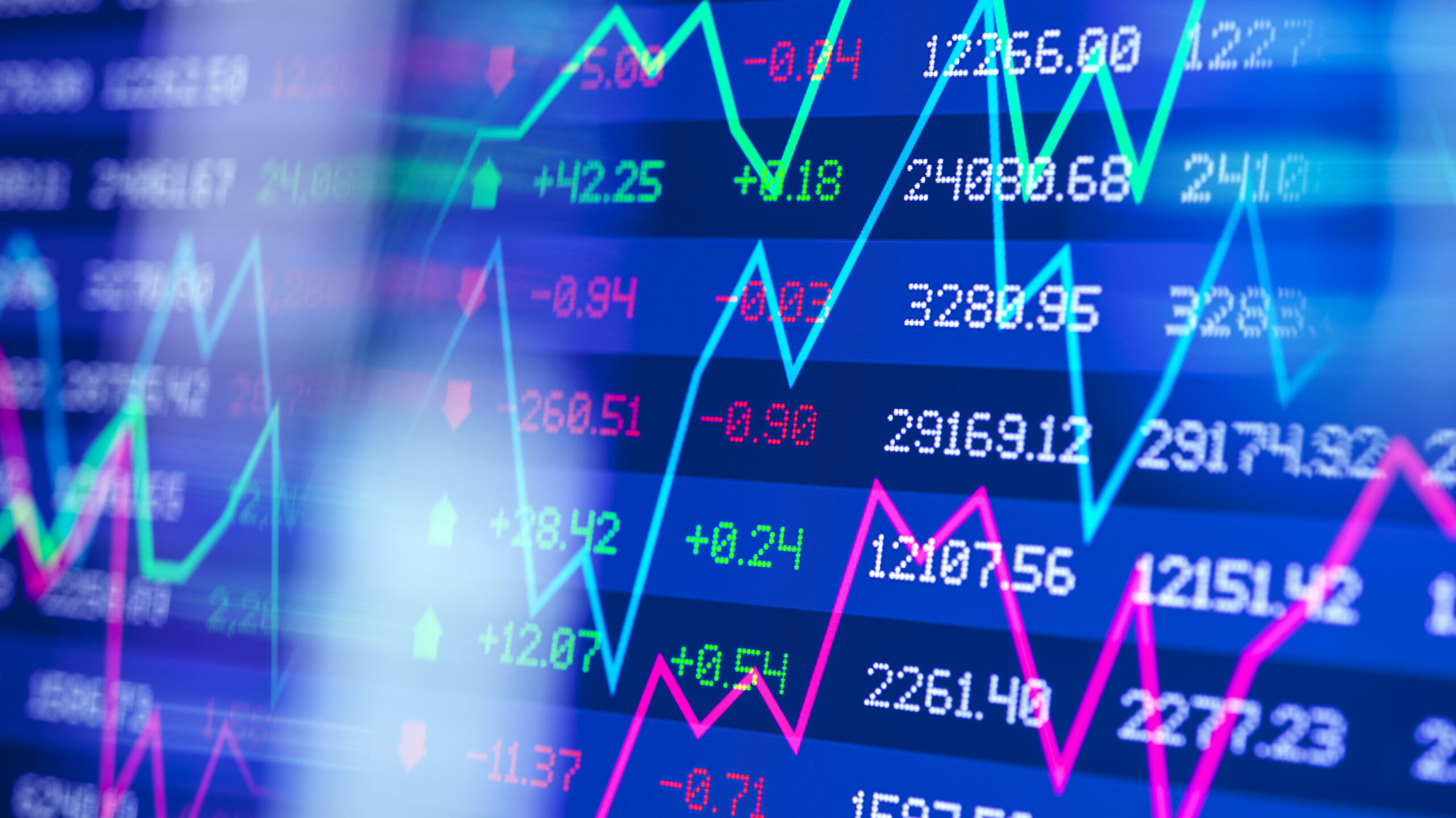Markets pulled an UNO reverse card as a number of economic reports spurred a major rotation.
Large tech companies had been leading the way higher through the first half of the year, with other market segments lagging behind. However, that trend abruptly shifted in July as inflation continued to trend in the right direction and the labor market showed signs of cooling. The data reassured investors the Fed could begin cutting rates soon, helping provide support for some of the previously out of favor asset classes.
Small-cap stocks led the way, with the Russell 2000 soaring 10.10%. Larger US indices were more mixed, with the Dow Jones Industrial Average gaining 4.41%, the S&P 500 gaining 1.22%, and the Nasdaq 100 falling 1.63%. This marked the largest spread between small-cap stocks and the tech-heavy Nasdaq in more than 20 years, with value stocks outpacing growth stocks in a similar fashion as well.
International indices followed the broader trend higher, though ongoing headwinds kept a lid on the gains. Developed international stocks rose 3.06% and emerging markets increased 1.19%. Disappointing economic growth combined with political uncertainties weighed on developed countries while Chinese stocks slid due to continued struggles in the real estate sector.
The Fed left rates unchanged in its late-July meeting. While this was the expected outcome, policymakers noted the progress on inflation and signaled a potential cut in September. With probabilities pointing to multiple cuts before the end of the year, the 10-year treasury yield continued to decline from 4.36% to 4.09%. This helped boost aggregate US bonds to a 2.34% gain, marking the third straight monthly gain. Despite a slow start to the year, bonds are now modestly positive as rates have leveled off in recent months, supporting bond prices.
This month was a perfect reminder of how important diversification can be. While it can be tempting to chase the high-flying sectors when things are looking good, trends can shift abruptly without much notice. Seeing increased market participation is broadly positive, but it’s not unreasonable to expect some continued volatility in the upcoming months as we approach the presidential election. Having a diversified portfolio with a plan in place can help navigate any near-term uncertainties.
What if the real threat was inside all along?
The world experienced what is being called the largest tech outage ever on July 19. However, it wasn’t hackers that caused the mass blackout.
It stemmed from a botched software update by the cybersecurity firm CrowdStrike. As the company dispatched a routine update to customers, a bug in the code resulted in one-quarter of Fortune 500 company systems crashing.
Among those affected were major airlines, banks, hospitals, restaurants, and government agencies. One estimate showed the outage cost the US economy $5.4 billion due to various supply chain and productivity issues.
While the long-term impact on the company remains to be seen, CrowdStrike thanked workers and partners who helped remedy the situation with a $10 Uber Eats gift card…
A NASA crew just returned from a yearlong voyage that never left Earth.
Four volunteer crew members spent 378 days inside NASA’s first simulated Mars environment in Houston, Texas, after entering the 3D-printed habitat in late-June 2023.
The team lived and worked inside a 1,700 square foot space to simulate a mission to Mars, focusing on establishing possible conditions for future operations via spacewalks, growing vegetables, and equipment maintenance.
They also provided data on other physical, behavioral, and health factors deemed important for future missions. Communication with the “home planet” was even delayed up to 22 minutes to demonstrate the potential challenges.
Two additional simulated missions are planned as of now, with the goal of sending people to the real red planet someday.
Broad Market Returns
| Asset Class | 1 Month | 3 Month | YTD | 1 Year |
| S&P 500 (VOO) | 1.14% | 10.01% | 16.59% | 22.02% |
| NASDAQ (QQQ) | -1.68% | 11.12% | 15.36% | 23.63% |
| Large Cap Growth (VUG) | -1.86% | 11.43% | 18.54% | 26.41% |
| Large Cap Value (VTV) | 4.74% | 8.04% | 14.53% | 18.03% |
| Small Cap Growth (VBK) | 4.53% | 8.35% | 8.67% | 10.16% |
| Small Cap Value (VBR) | 8.63% | 10.52% | 11.89% | 16.85% |
| Developed International (VEA) | 3.06% | 6.08% | 7.94% | 10.72% |
| Emerging Markets (VWO) | 1.19% | 5.41% | 8.25% | 6.38% |
| REITs (VNQ) | 7.90% | 14.94% | 4.44% | 10.64% |
| Aggregate Bonds (BND) | 2.35% | 4.99% | 1.76% | 5.10% |
| Corporate Bonds (VCIT) | 2.57% | 5.41% | 2.71% | 7.72% |
| High Yield Bonds (JNK) | 2.22% | 4.34% | 4.63% | 10.52% |
| Long Term Treasuries (VGLT) | 3.53% | 8.24% | -1.33% | -0.17% |
| International Bonds (BNDX) | 2.13% | 3.07% | 1.62% | 6.65% |
Market Health Indicator
The Market Health Indicator (MHI) measures market health on a scale of 0 – 100, analyzing various market segments such as economics, technicals, and volatility. Higher scores indicate healthier market conditions.

Fun Facts
- US patent number 1,000,000 was issued to Francis Holton on August 8, 1911 for the non-puncturable automobile tire.
- There are more castles in Germany (25,000) than McDonald’s in the United States (13,000).
- Don’t forget to kick your feet up, August 15 is National Relaxation Day.
- Inside Out 2 surpassed Frozen 2 as the highest-grossing animated movie ever, with over $1.5 billion in global ticket sales.
– The Aspire Wealth Team


